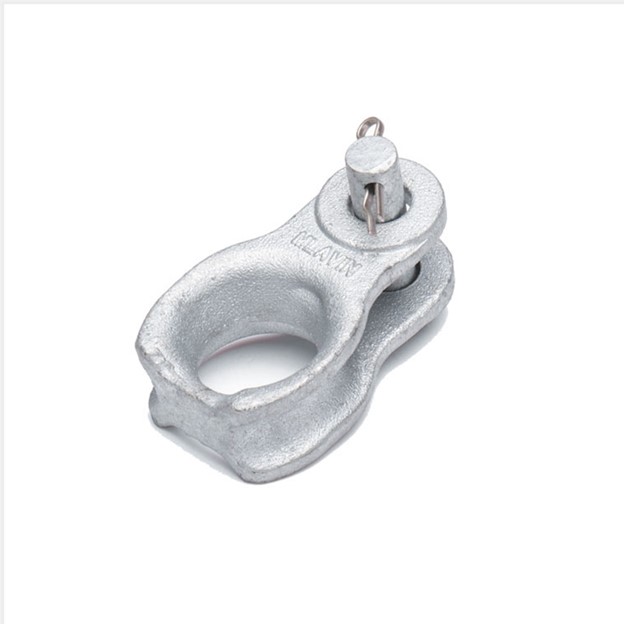
A thimble clevis is device used in overhead power line construction and maintenance. It helps to connect the conductor to an insulator. A thimble clevis has a thimble shape with a closed loop at one end and a clevis pin hole at the other. The clevis attaches to the insulator through the closed loop while the clevis pin hole secures the clevis to the support structure. Thimble clevises are from materials such as galvanized steel or aluminum alloy. These materials provide durability and high strength to the application. The clevises play a role in providing mechanical support and stability to the system. They also help connect insulators to crossarms to ensure proper suspension of the conductors. Thimble clevises have designs to withstand mechanical loads and stresses from the power line.
Factors to consider when selecting the materials for thimble clevis
Thimble clevises are from various materials that contribute to their longevity and performance. Common materials include steel, aluminum and composite materials. It is advisable to select materials that meet the specific requirements of their applications. This is to optimize their performance, durability and cost-effectiveness. The following are the factors to consider when selecting the materials for thimble clevises.
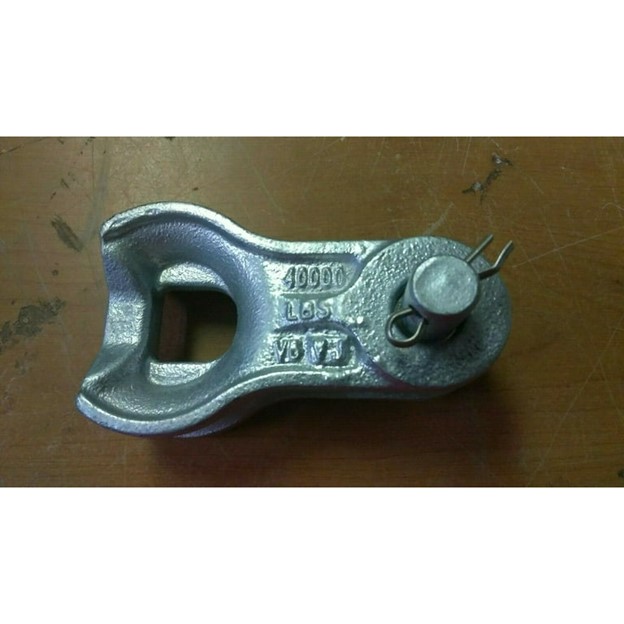
- Strength and load capacity – the selected materials should have strength to withstand the mechanical loads and stress. The material should support the greatest load capacity specified for the intended applications.
- Durability and longevity – the materials should offer durability to withstand the rigors of outdoor use. Select a material known for its longevity to reduce maintenance need and extend the service life.
- Cost – consider both the initial purchase price and the long-term maintenance and replacement costs. High-performance materials are more expensive and offer greater durability and cost-effectiveness.
- Environmental impact – consider the environmental impact of the material through its lifecycle. This is including raw material extraction, manufacturing processes, use and disposal. This also helps to align with sustainability goals and regulatory requirements.
- Corrosion resistance – thimble clevises face harsh environmental conditions including moisture, salt and chemicals. Select a material with high corrosion resistance to ensure reliability and durability.
- Weight – the weight of the material impacts the weight and handling characteristics of thimble clevises. Balance the strength and weight considerations to ensure performance and usability.
- Manufacturability – the material should be suitable for the manufacturing processes used. The compatibility ensures efficient production and consistent quality of the finished products.
- Compliance – the clevises should follow relevant industry standards and specifications. These are specifications about material composition, mechanical properties and performance.
Supplier and vendor information for thimble clevises
There are various suppliers and vendors for thimble clevises in the market. Selecting the best supplier can be a hard task to complete. There are various factors to consider to ensure reliability, quality and compatibility. Additionally, it is advisable to select a trustworthy supplier who can meet the quality, delivery and service requirements. The following are the common factors to consider when selecting the supplier or vendor.

- Experience and reputation – consider the suppliers experience and reputation in the industry. They should have a track record of supplying thimble clevises to reputable companies and completing projects.
- Lead time and delivery – check the suppliers lead time for processing orders and delivering the clevises to your location. This helps to meet deadlines and reduce downtime in power line construction activities.
- Customer support and services – assess the supplier’s level of customer support and service. This is including responsiveness to inquiries, technical help and after-sales support.
- Product quality – check the quality of the thimble clevises from the supplier. This is including materials used, manufacturing processes and adherence to industry standards.
- Certifications – ensure the thimble clevises meet relevant industry standards and regulatory requirements. Check for certifications such as ANSI and IEC to guarantee product quality and safety.
- Customization options – check if the supplier offers customization options to meet your specific requirements. This is including variations in size, load capacity, finish or other features.
- Cost effectiveness – compare pricing from different suppliers to ensure competitive rates. Consider volume discounts, bulk purchasing options and total cost of ownership.
- Supply chain reliability – check the supplier’s supply chain reliability including their ability to source raw materials. Ensure the supplier has strong plans to mitigate potential disruptions and maintain consistency.
Benefits of using thimble clevises in your application
Thimble clevises has various roles in overhead transmission and distribution power systems. They offer several benefits that ensure the continued performance of the application. Using thimble clevises help to ensure the structural integrity, reliability and safety. Additionally, it is important to understand the benefits the selected thimble clevis has to offer. The following are the various benefits of using thimble clevis in the overhead transmission lines.
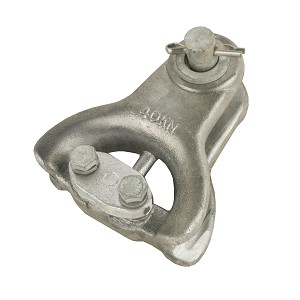
- Mechanical stability – the clevises provide a secure and stable connection between the insulators and support structures. This helps to ensure the conductors are well suspended and insulated to prevent sagging and swaying.
- Versatility – the clevises are compatible with various types of insulators, crossarms and support structures. This makes them suitable for a wide range of power line configurations.
- Ease of installation – the clevises have designs to allow easy installation. It allows for a quick and efficient assembly of power line components.
- Reduced maintenance – the clevises help reduce the need for maintenance and repairs contributing to system reliability.
- Load distribution – the clevises help distribute mechanical loads along the power line system. this reduces stress concentrations and the risk of structural failure.
- Corrosion resistance – thimble clevises are from corrosion resistant materials. these materials include galvanized stees or aluminum alloy. The materials ensure the long-term durability and reliability in outdoor environments.
- Cost effectiveness – the clevises offer a cost-effective solution for connecting insulators to support structures. This provides reliable mechanical support at a low cost compared to other methods.
Common testing methods for thimble clevises
Thimble clevises undergo various testing to ensure the quality, reliability and safety. They also ensure the meet the performance requirements and regulatory standards. Additionally, it is important to consult with professionals for guidance on the necessary testing. The following are the various testing procedures the thimble clevis goes through.
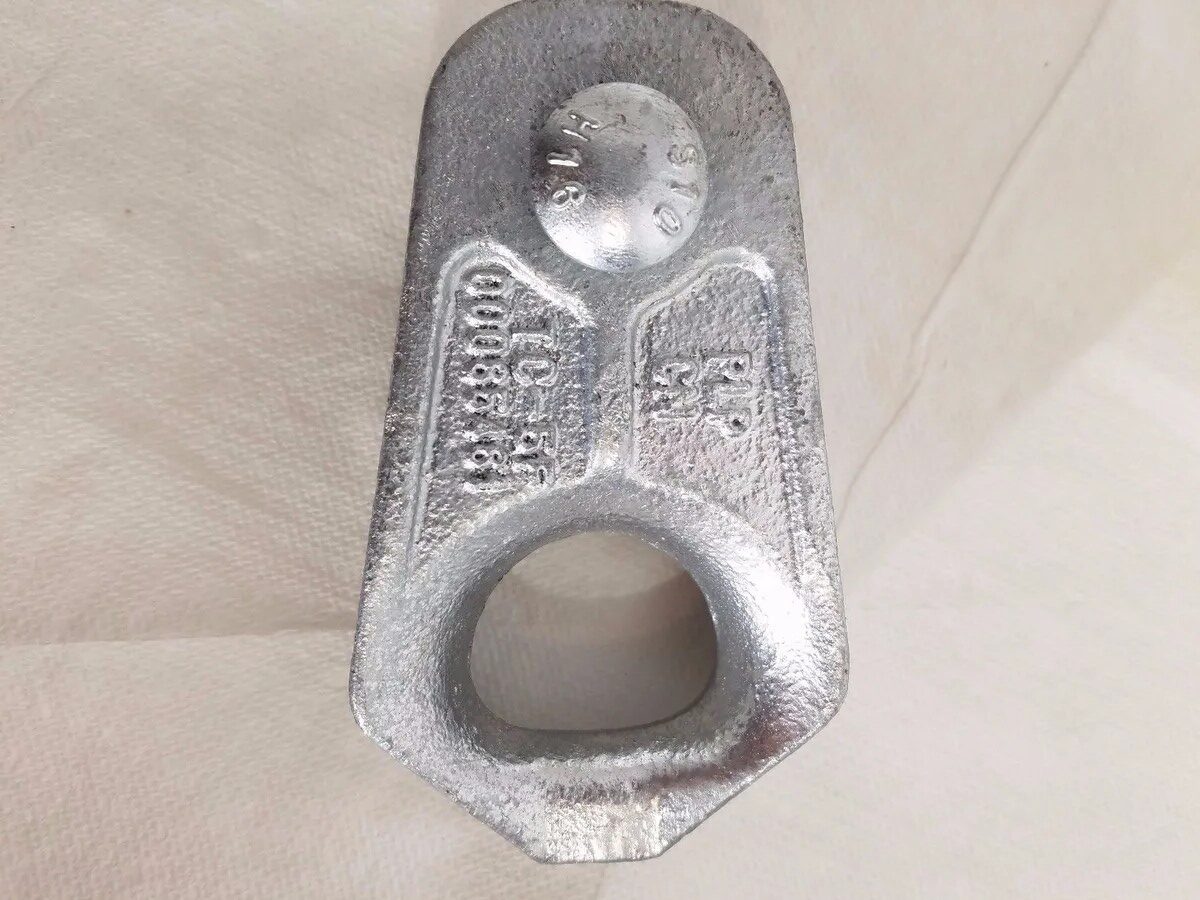
- Dimensional inspection – this ensures the thimble clevis meets specified dimensional requirements. this is including length, width, diameter of the closed loop and diameter of the clevis pin hole.
- Corrosion resistance testing – this checks the clevis’s resistance to corrosion by subjecting it to sped up corrosion tests. This includes salt pray testing to stimulate harsh environments conditions.
- Fatigue testing – this is placing the clevis to repeated loading cycles to check its resistance to fatigue failure.
- Environmental testing – this testing includes exposing the clevis to environmental conditions related to intended use. This includes temperature extremes, moisture and UV radiation. This checks its performance and durability in real-world conditions.
- Load testing – this involves placing the clevis to mechanical load tests to check its strength and load bearing capacity. This involves applying a static load to the clevis and measuring its deformation.
- Material analysis – this is conducting tests such as chemical composition analysis and mechanical property testing. This is to ensure the material used in the clevis meets specific standards and requirements.
- Fit testing – this is checking the compatibility and fit of the clevis with other components of the power line system.
Cost comparisons for thimble clevis
Thimble clevises are available in different prices depending on various factors. These factors include material, size, load capacity, quantity and supplier pricing. Considering these factors helps to make an informed decision on the most cost-effective clevis for your application. Prices for a small thimble clevis range from $5-$15, medium ranges from $15-$30 and large range between $50-$100. The following are the approaches to conducting cost comparisons.
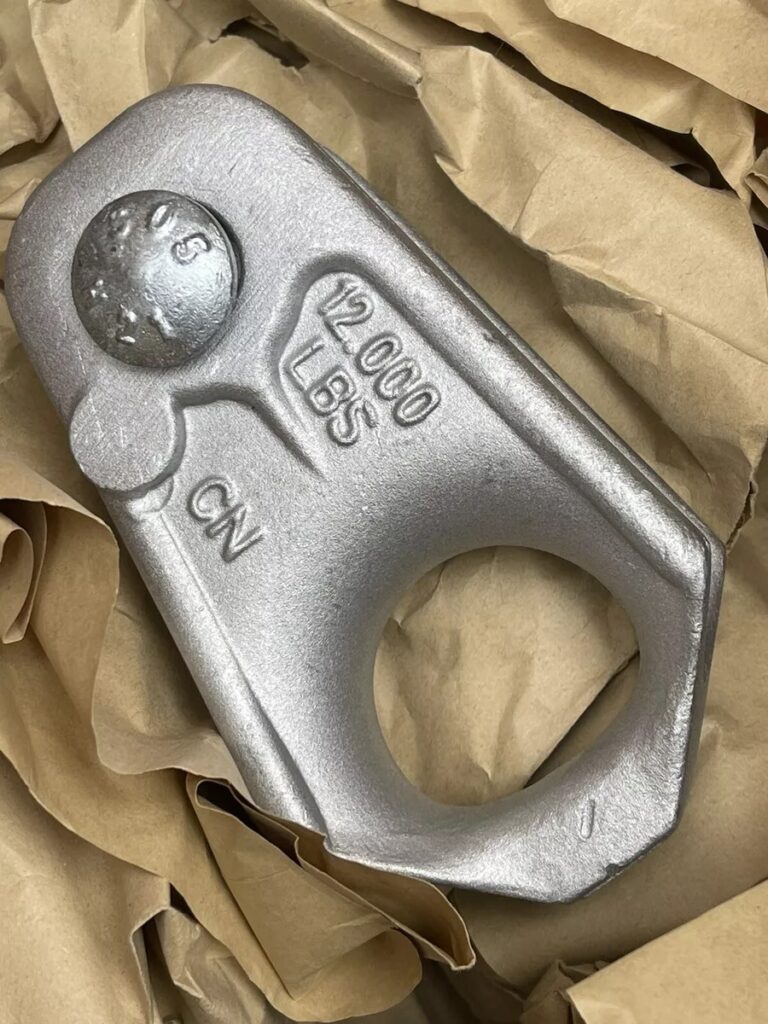
- Material – the clevises are from different materials which impact their costs. This is due to the variations in material prices and manufacturing processes.
- Quantity – it is important to consider the total quantity needed for your project and buy in bulk for discounts.
- Extra services – some of the suppliers offer extra services such as customization, technical support or shipping. Consider the value of these services when comparing quotes.
- Total cost of ownership – consider the total cost of ownership over the lifecycle of the clevises. This is including initial purchase price, maintenance and replacement costs.
- Size and load capacity – the clevises come in various sizes and load capacities to accommodate different power line configurations.
- Quality and reliability – focus on quality and reliability when selecting thimble clevises. Lower-cost options may compromise performance or durability.
Frequently asked questions
A thimble clevis is a component used in overhead power line construction to connect insulators to support structures. Its purpose is to provide mechanical support and stability to the power line system.
Consider material quality, product customization options, extra services offered and supplier reliability and reputation. This helps to select the best supplier to meet your specific needs.
Benefits of using thimble clevises include mechanical stability, load distribution, versatility, corrosion resistance and ease of installation.
